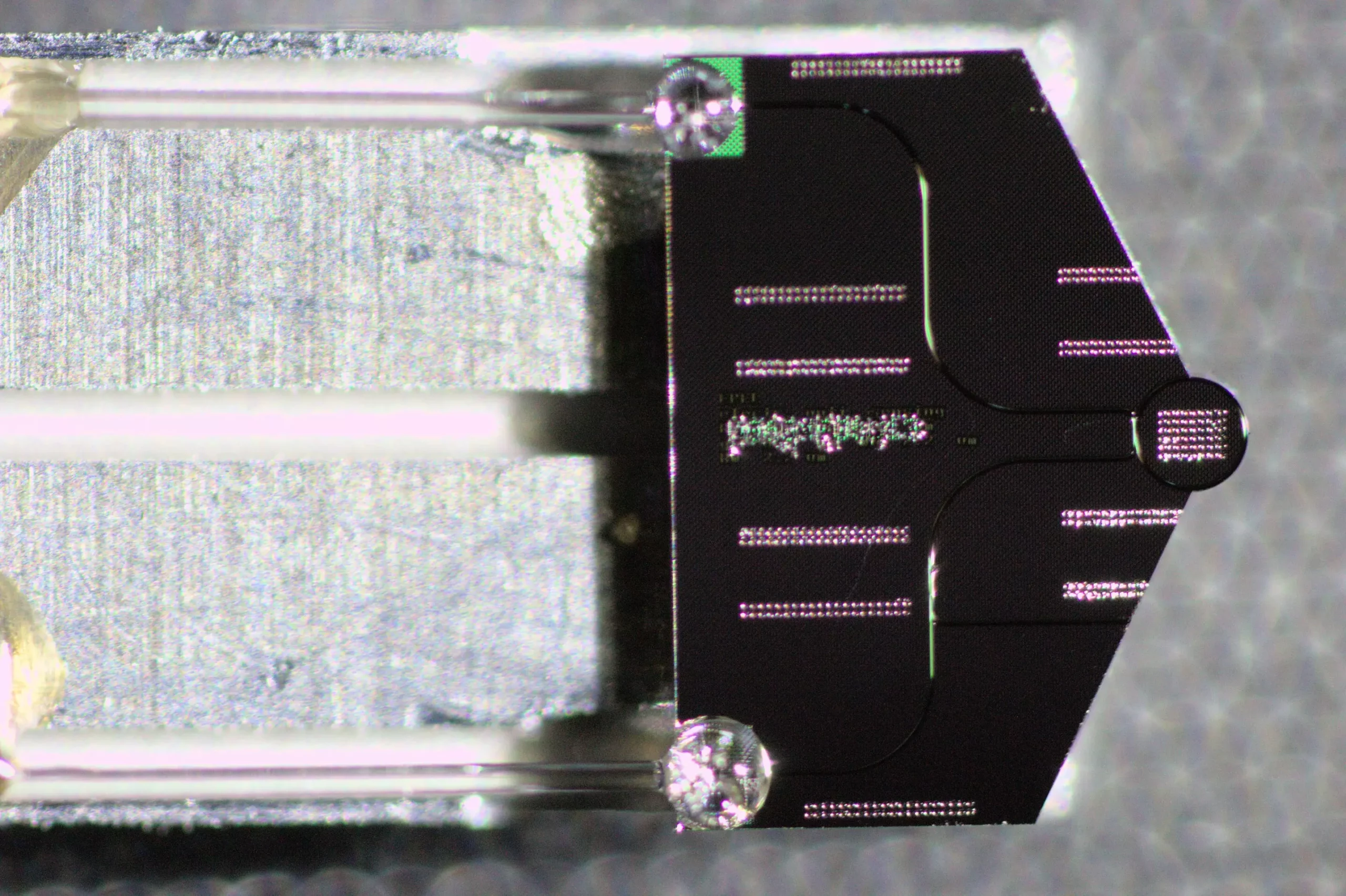The field of nonlinear optics has emerged as a crucial aspect of technological and scientific advancements. From laser development to quantum information science, nonlinear optics plays a vital role in various applications. In recent years, there has been a growing interest in miniaturizing devices that leverage nonlinear optical phenomena, allowing for complex light interactions on a chip scale. A groundbreaking study conducted by scientists at EPFL and the Max Planck Institute has successfully brought nonlinear optical phenomena into the realm of transmission electron microscopy (TEM), marking a significant milestone in the field.
At the heart of this study lies the exploration of “Kerr solitons” – waves of light that retain their energy and shape as they traverse through a material. In this research, the focus was on a specific type of Kerr solitons called “dissipative,” which are stable, localized pulses of light lasting mere quadrillionths of a second. These solitons were generated within a photonic microresonator, a chip that traps and circulates light in a reflective cavity, creating an ideal environment for their formation.
A key breakthrough in this study was the discovery of the interaction between dissipative Kerr solitons and electrons. By allowing these solitons to interact with a passing electron beam, the researchers were able to observe distinct signatures in the electron spectrum. This coupling between free electrons and Kerr solitons enabled the team to investigate soliton dynamics within the microresonator cavity and achieve ultrafast modulation of electron beams.
Expanding the horizons of TEM
The ability to generate dissipative Kerr solitons within a transmission electron microscope offers unprecedented opportunities for exploring uncharted territories in microresonator-based frequency combs. This breakthrough paves the way for high repetition-rate ultrafast electron microscopy and particle accelerators, empowered by the integration of a small photonic chip. The non-invasive nature of this technique allows for direct access to the intracavity field, a pivotal factor in understanding nonlinear optical physics and developing nonlinear photonic devices.
Manufacturing and Experimental Details
The photonic chips used in this study were fabricated in the Center of MicroNanoTechnology (CMi) and the Institute of Physics cleanroom at EPFL. The experiments were conducted at the Göttigen Ultrafast Transmission Electron Microscopy (UTEM) Lab, where the researchers demonstrated the immense potential of electron microscopy in probing nonlinear optical dynamics at the nanoscale. The non-invasiveness of this technique and its ability to directly access the intracavity field signify a significant step forward for the field of nonlinear optics.
The integration of nonlinear optics into transmission electron microscopy opens up a world of possibilities for investigating and manipulating light at the nanoscale. The successful generation and observation of dissipative Kerr solitons within a photonic microresonator chip inside a TEM showcases the power and potential of this technology. The ability to directly probe the intracavity field through electron-soliton interaction provides a new lens for exploring nonlinear optical physics and developing advanced nonlinear photonic devices. This groundbreaking research marks a significant milestone in the field of nonlinear optics and sets the stage for exciting advancements in microscopy and photonics.


Leave a Reply